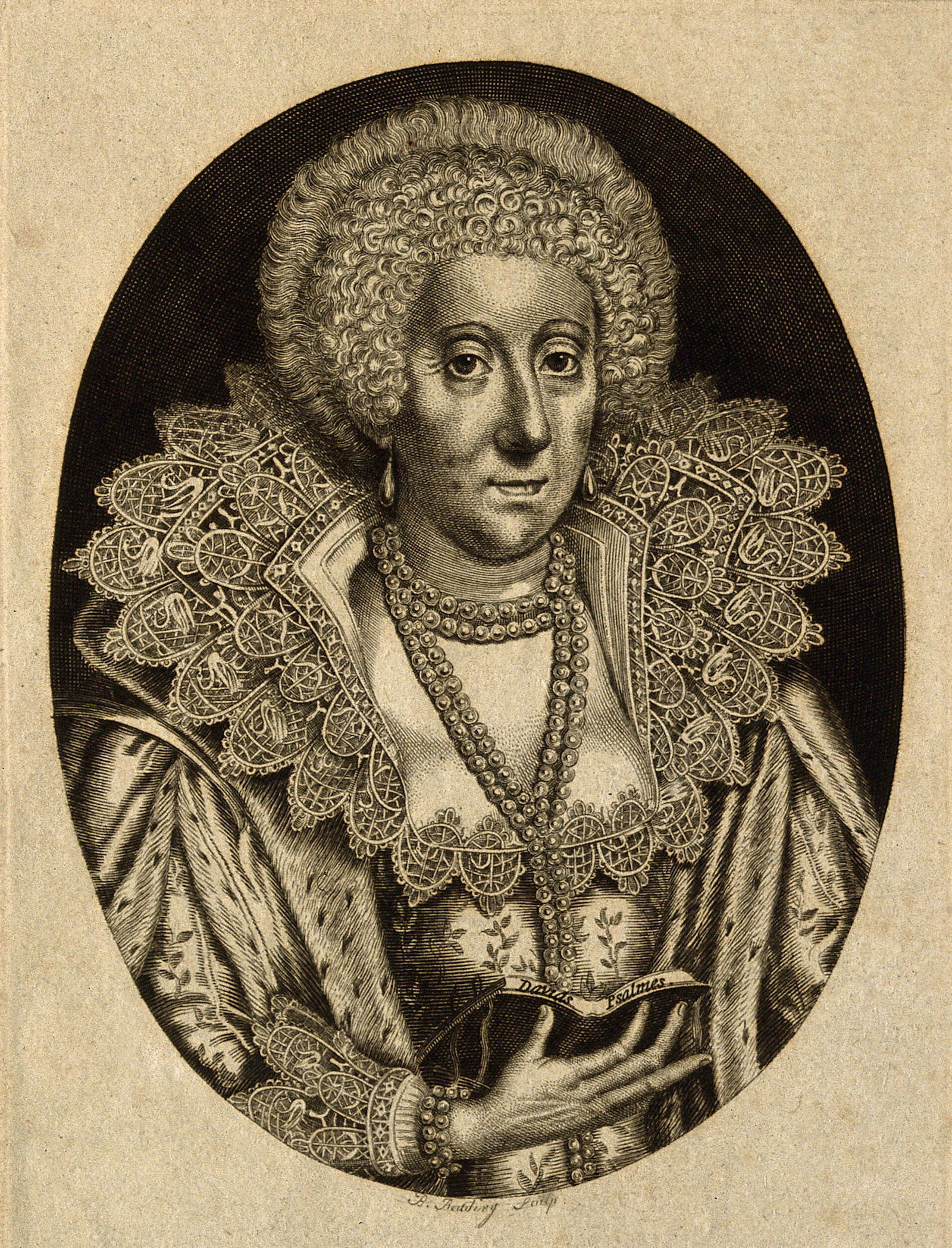‘Shakespeare’s Sisters’ by Ramie Targoff review
Shakespeare’s Sisters: Four Women Who Wrote the Renaissance by Ramie Targoff refutes the claim by Virginia Woolf, that the women of Tudor England left only empty bookshelves.

Elizabeth I’s funeral procession in April 1603 was lavish and long, the extravagant bier topped with a wax effigy of the queen in red wig, crown and all. Thousands watched the procession as it moved from Whitehall to Westminster, and within or around it were four female writers who would change Renaissance literature in England.
The purpose of Ramie Targoff’s book is to belie Virginia Woolf’s claim, made centuries later in A Room of One’s Own, that it would be impossible for a woman of that time to be a serious writer; if Shakespeare had had a talented sister, Woolf said, she would surely have gone mad and died by suicide in the face of overwhelming obstacles. But Woolf was wrong. While only Shakespeare was Shakespeare, there were ‘sisters’ of considerable literary skill (albeit ones with aristocratic connections).
One of them was in Elizabeth’s funeral procession: Mary Sidney. Perhaps best known as the dedicatee of her brother Sir Philip Sidney’s Arcadia, by the time of the queen’s funeral Mary Sidney had a growing reputation due to her own sophisticated and experimental poems, most of them based on psalms. She had also published her translations of her brother’s French writer friends, most notably Robert Garnier’s Marc Antoine, the first dramatisation of the Antony and Cleopatra story in English and a probable source for Shakespeare’s Antony and Cleopatra.
Peripheral to the procession, but connected to it by participating relations, were the three other women whose lives and work Targoff describes. Aged 13, Anne Clifford was judged too young to participate, but her mother, Margaret, Countess of Cumberland, was among Elizabeth’s aristocratic mourners. Clifford’s diaries and autobiography are filled with tremendous strength of purpose revealing her struggle for her rightful inheritance. Then there is Elizabeth Cary, whose father-in-law marched as Master of the Queen’s Jewel House. Her two closet dramas, Mariam and Edward II, were written during an unhappy marriage and feature strong women standing up to powerful men. Finally, Aemilia Lanyer was a member of the minor gentry, whose husband Alfonso was part of the royal recorder consort. Her single book of poems, published in the same year as the King James Bible (1611) and including the story of Christ’s passion told entirely from a woman’s point of view, took 400 years to enter the Renaissance literary canon, but it is unlikely to leave any time soon, partly because the poems are simply very good.
Though of lower rank than the rest, Lanyer provides a loose connection between three of Targoff’s chosen writers. The daughter of a member of Elizabeth’s recorder consort (the Venetian musician Baptista Bassano), she was for several years the mistress of Elizabeth’s cousin, Henry Cary. When she became pregnant in 1594 she was married off to Alfonso Lanyer and lost her access to life at court, although she apparently retained at least one friendship: Margaret Clifford. Lanyer’s volume opens with 11 dedicatory poems, all to women, including Mary Sidney (as the ideal model of the poet) and Anne Clifford. It concludes with ‘A Celebration of Cookham’, the first ‘country house poem’ printed in English, preceding Ben Jonson’s ‘To Penshurst’ by four years. In the poem, Lanyer laments a languid summer spent with Margaret and Anne at a country retreat.
Notable throughout Lanyer’s collection is her insistence on the value and importance of women. In the main poem, ‘Salve Deus Rex Judaeorum’, she offers a defence of Eve in the voice of Pilate’s wife, who implores of him and all men: ‘Then let us have our liberty again,/ and challenge to yourselves no sovereignty.’ In a poem dedicated to Queen Anna, James I’s consort, Lanyer points to her argument for Eve and asks the queen ‘to judge if it agree not with the text./ And if it do, why are poor women blamed,/ Or by more faulty men so much defamed?’
Although Targoff’s fourth writer, Elizabeth Cary, is not directly connected with the other three, she is linked to them by her sheer audacity. In the face of serious mistreatment by her husband, she became a committed Catholic, willing to stand her ground – and write plays in which women stand their ground – despite tremendous pressure. In this she resembles Clifford, whose autobiography describes her refusal to concede her right to inherit her father’s lands in northern England. Although the law allowed Anne to inherit as his only child, her father’s will left the property to his brother and brother’s male heir. James I sought to work a compromise; Anne refused. Finally, after her uncle and cousin had died, Anne – then in her fifties – inherited vast property and several castles, restoring them from the neglect and devastation wrought by the English civil wars. It was a long time since Elizabeth’s funeral, but Anne Clifford, by then Dowager Countess of Pembroke (her second husband was Mary Sidney’s second son), lived until 1676, known for her good works, and reporting herself ‘in good health’ on the day before she died at age 86.
Targoff brings these four women to life without resorting to the ‘she must have thought’ school of fictionalised history. At least three of their lives have provoked fictional reveries: Woolf’s Orlando was inspired in part by Vita Sackville-West’s publication of parts of Anne Clifford’s diaries. Naomi Miller has recently published a fictionalisation of Mary Sidney’s life. Aemilia Lanyer has been the subject of several novels and two plays, all tied, to some extent, to the debunked theory that she was the ‘dark lady’ of Shakespeare’s sonnets. Perhaps Targoff casts these four individuals as slightly more obscure than they really are, in academic circles at least; Margaret Hannay, Josephine Roberts, Barbara Lewalski and other scholars were focusing attention on early women writers from the 1980s onward. Nonetheless, these women are not yet widely known. This is a book I hoped someone would write, and Ramie Targoff has done a fine job.
-
Shakespeare’s Sisters: Four Women Who Wrote the Renaissance
Ramie Targoff
Riverrun, 300pp, £25
Buy from bookshop.org (affiliate link)
Susanne Woods is the editor of The Poems of Aemilia Lanyer and author of Lanyer: A Renaissance Woman Poet (Oxford University Press, 1995 and 1999).






